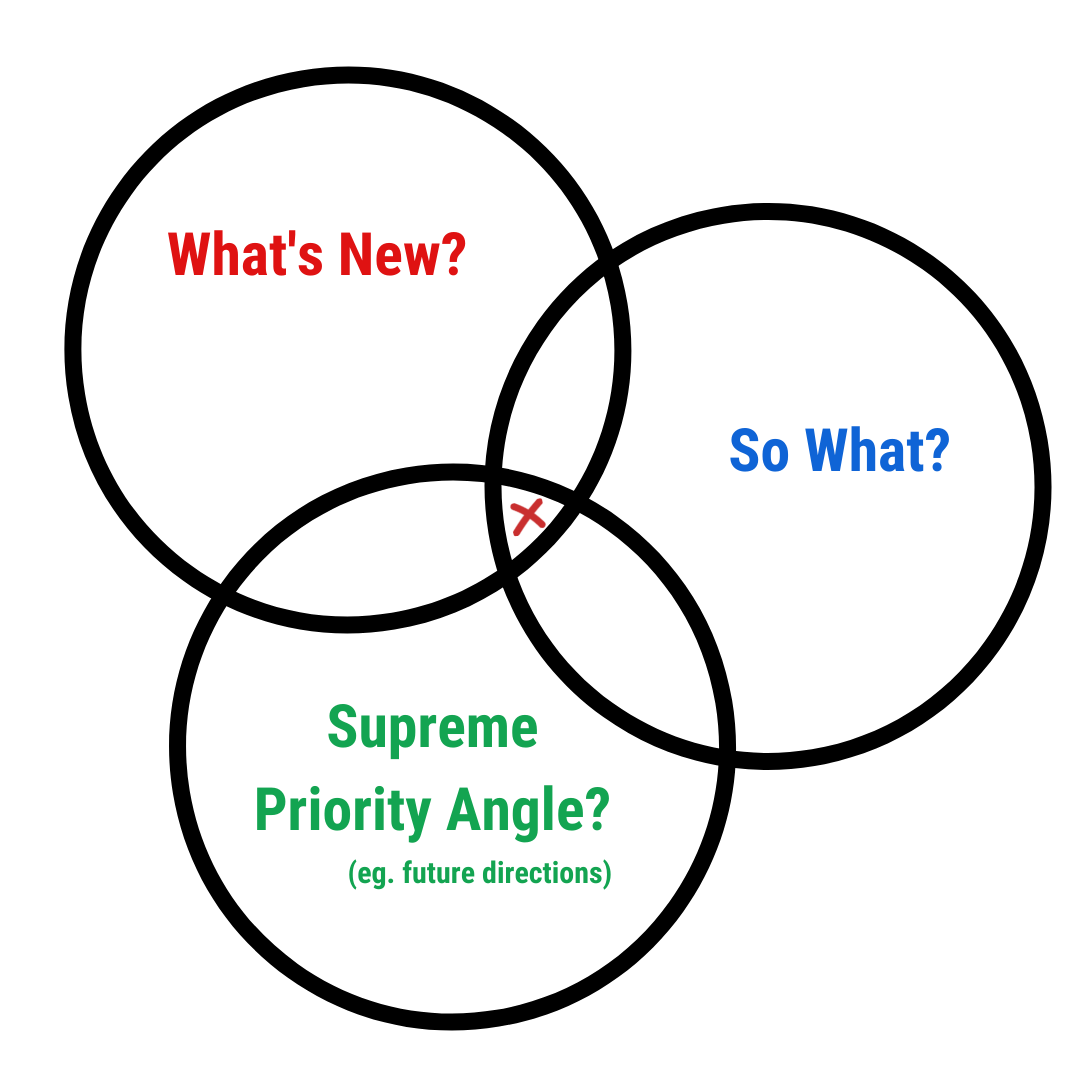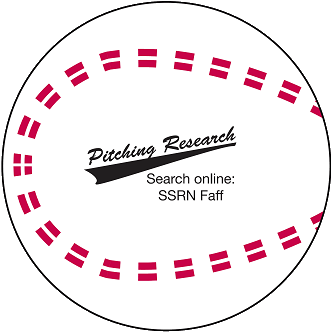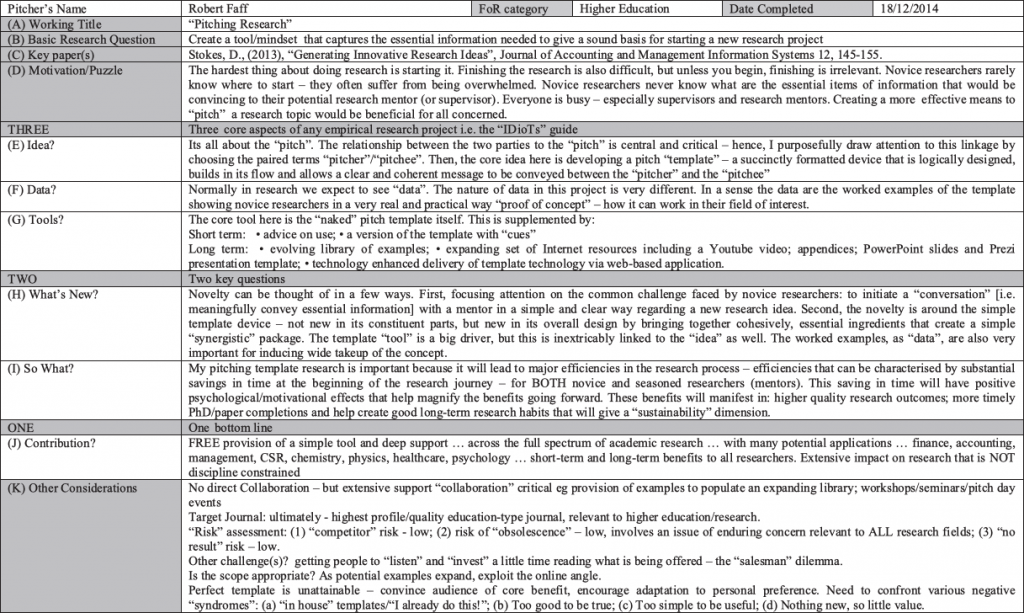Your research journey starts here...
Have you ever struggled to assess whether a research project is even worth starting?
Or been daunted by how to outline your research ideas to a potential supervisor or colleague?
Discover a framework that connects emerging scholars with research mentors…
Summarise Simplify Strategise Succeed in your research
Empower your idea.
Start using a powerful research planning tool to capture the essence of your research and streamline project planning, increase feedback opportunities and produce world-class outcomes
InSPiR2eS Network
InSPiR2eS is a globally-facing research network primarily aimed at research training and capacity building, resting on a foundation theme of responsible science
some testimonials may be adapted for brevity
FAQs
Distinguishing between different elements of the Pitching Research Template… Here are 5 considerations:
- Communication budget e.g. #words?
- Asking the question vs. finding an answer?
- Big picture vs. project specifics?
- What vs. Why? vs. How?
- Narrow vs. broad perspective?
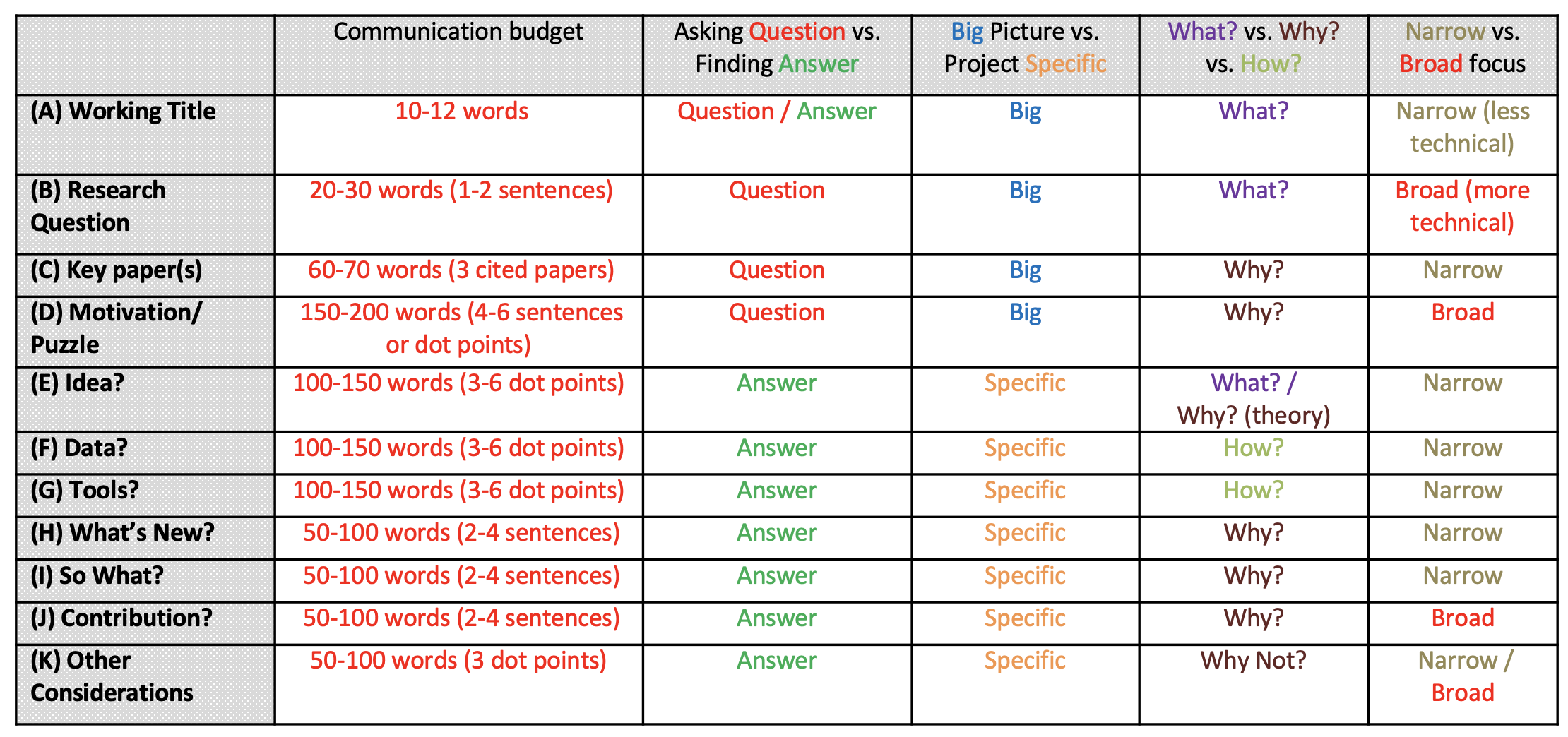
Examples
Data vs. Tools?
- The base / raw secondary data should be independent of tools
- Sometimes tools help create (primary) data, or manipulate data, as well as analyse and “test” the data
- Often the specific nature of data require certain gold standard tools
- Just because its new, doesn’t make it important
- Just because its important, doesn’t make it new
Structured research is good research. Formulating a sound research question, identifying key papers, and mapping out the bones of your project are fundamental requirements for publishable material. A template enables you to quickly assess the worth of your proposed project, and enables you to pitch it to your supervisor before they lose interest. If you’re already working on your project, the template is a good way to `check in’ with your original research goals and stay on track.
The simple answer is, you don’t. If you’re happy with how you’ve organised your project, keep at it. We’re not here to boss you around. This aim of this template is to provide a means for new researchers to concisely whittle down their potential project into something concrete. It’s also for supervisors looking to skilfully and efficiently guide their students into worthwhile areas of research.
Good question. We don’t see the two ideas as mutually exclusive, but rather complementary. 3MT is aimed at PhD researchers who are well advanced in their project, and want to communicate their goals to a generalist audience. It’s a great vehicle for researchers who are up to their elbows in exciting results. We love it. The pitch template is completely different. It’s primarily focused on researchers right at the beginning of their research journey. When you’re choosing a research avenue to pursue, the 3MT competition probably isn’t on your radar. But the pitching template should be. In one of our `pitch day’ competitions, we’ll give you 8 +2 minutes to get your ideas across. It’s not about physical research results like 3MT, although results are awesome. It’s about starting a conversation about your research idea with your potential supervisor, peers and interested parties. It’s about starting a feedback process that will see you through your entire research project. It’s a process that ensures your work will have academic impact when you’ve advanced to the point in your research that the 3MT becomes a possibility.
The journal article is at http://onlinelibrary.wiley.com/doi/10.1111/acfi.12116/abstract and the companion article is available on SSRN at http://papers.ssrn.com/sol3/papers.cfm?abstract_id=2462059.
Yes, of course. Indeed, this can be a good diagnostic/ critiquing exercise when you reach the stage of writing up your research. The Introduction is all about “hooking” the reader, and most/all elements of the PR framework are essential base ingredients to create an informative and engaging foundation to “catch this fish”. See next few slides for an example…
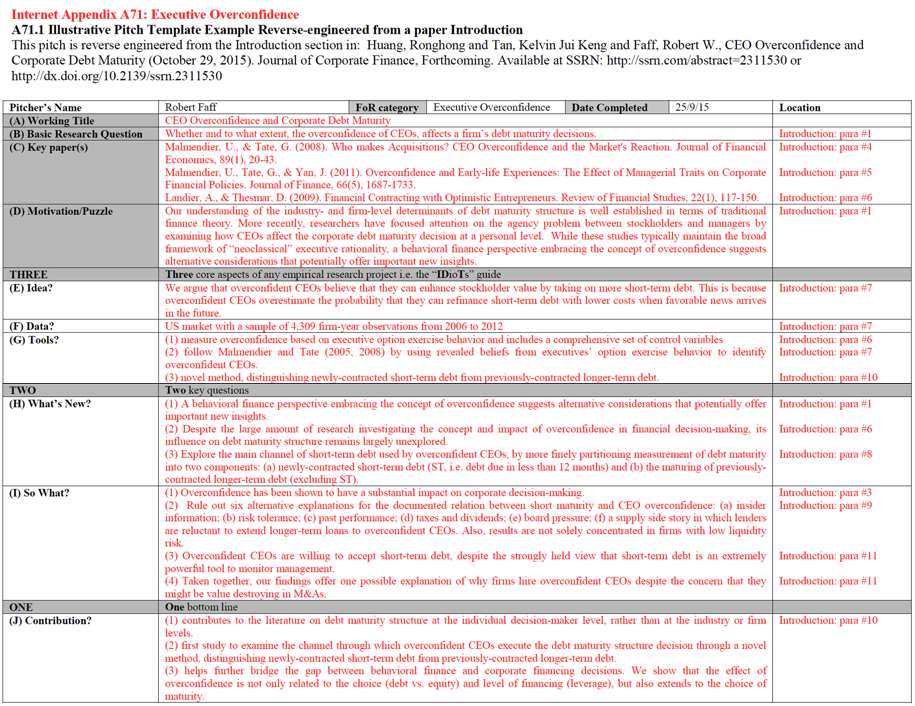
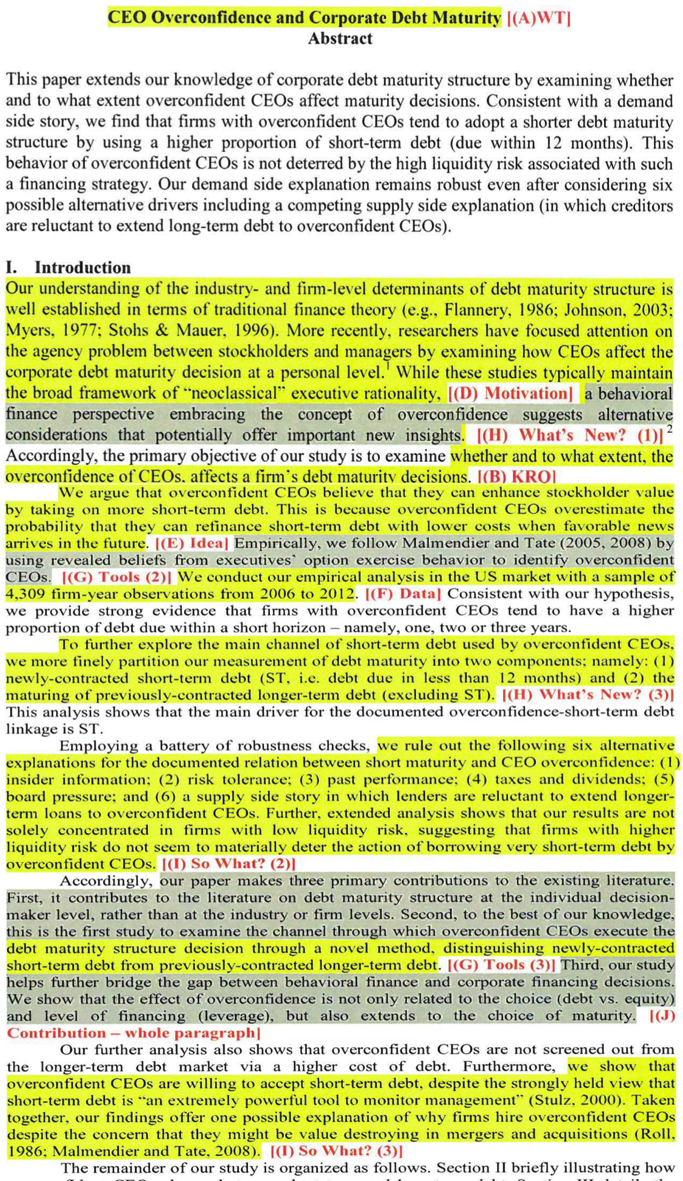
Motivation (D) vs. What’s New? (H) vs. Research Question (B) vs. Idea (E)
- Motivation (D): “demand” side – what knowledge is missing?
- What’s New? (H): “supply” side – what new knowledge can we create to broadly meet the “demand”
- Basic Research Question (B): (“neutral”) notion that defines the scope of analysis/“terms of reference”
- Idea (E): How do we go about getting an answer to the question?
Motivation (D) vs. So What?
Motivation
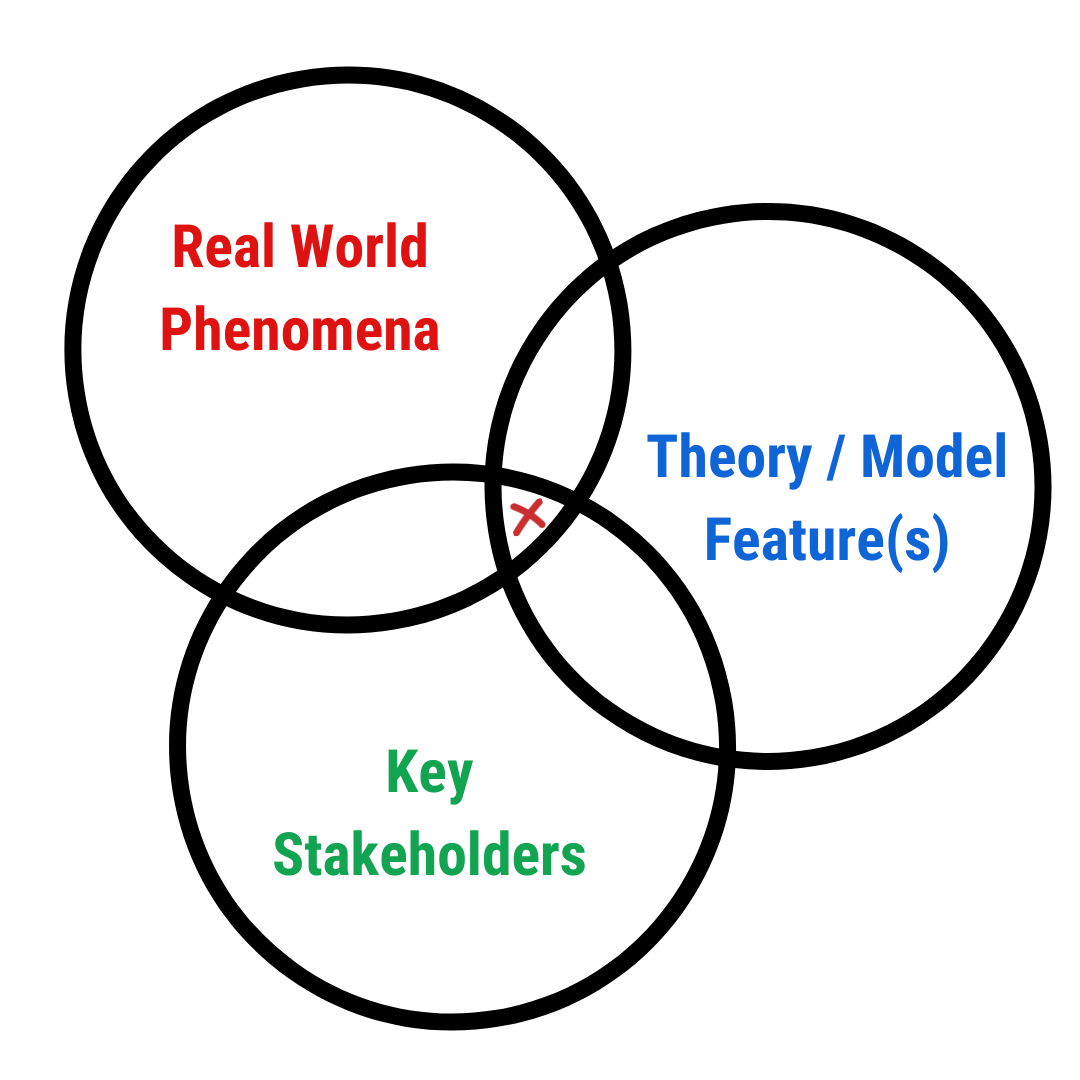
So What?
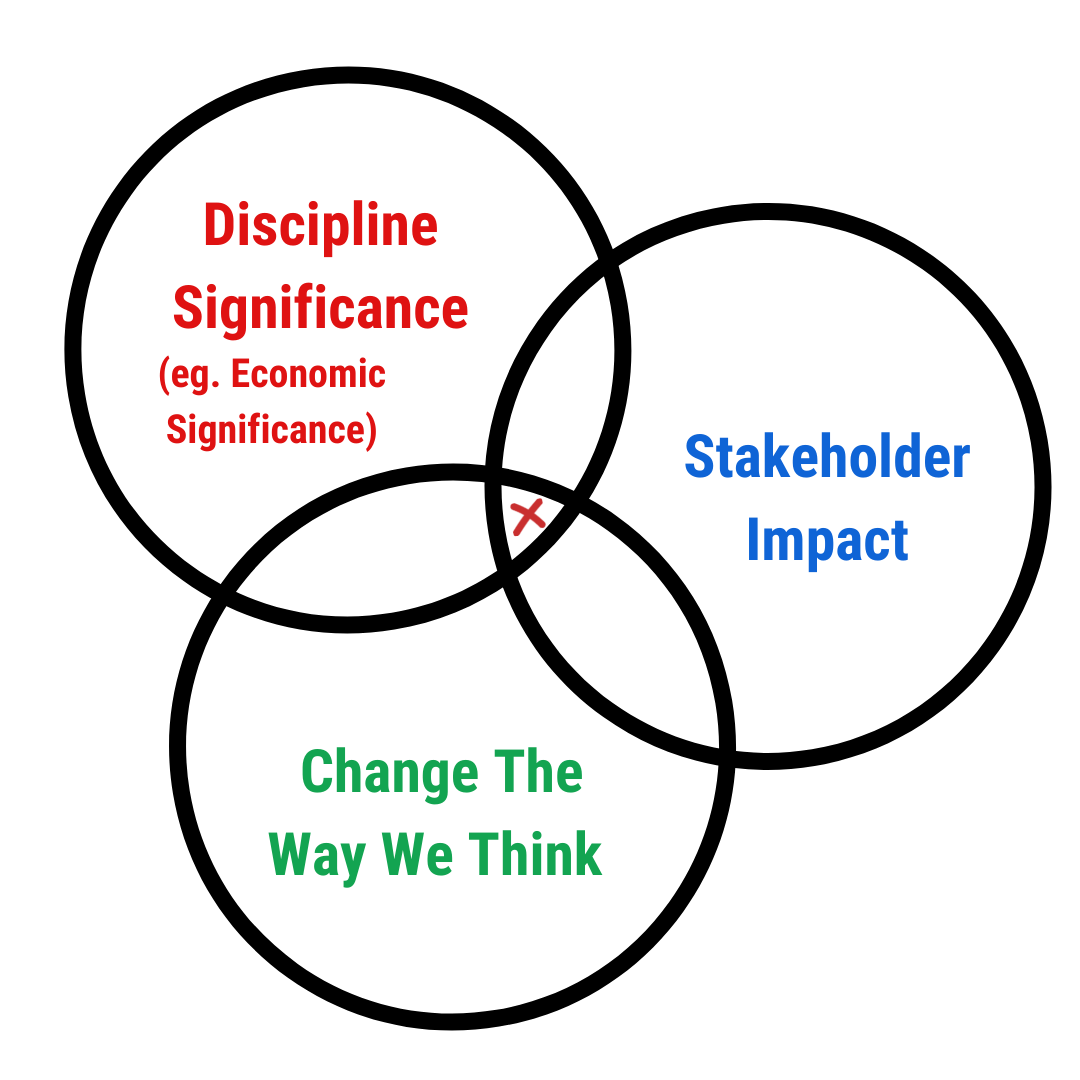
Research Question (B) vs. Idea (E)
Research Question
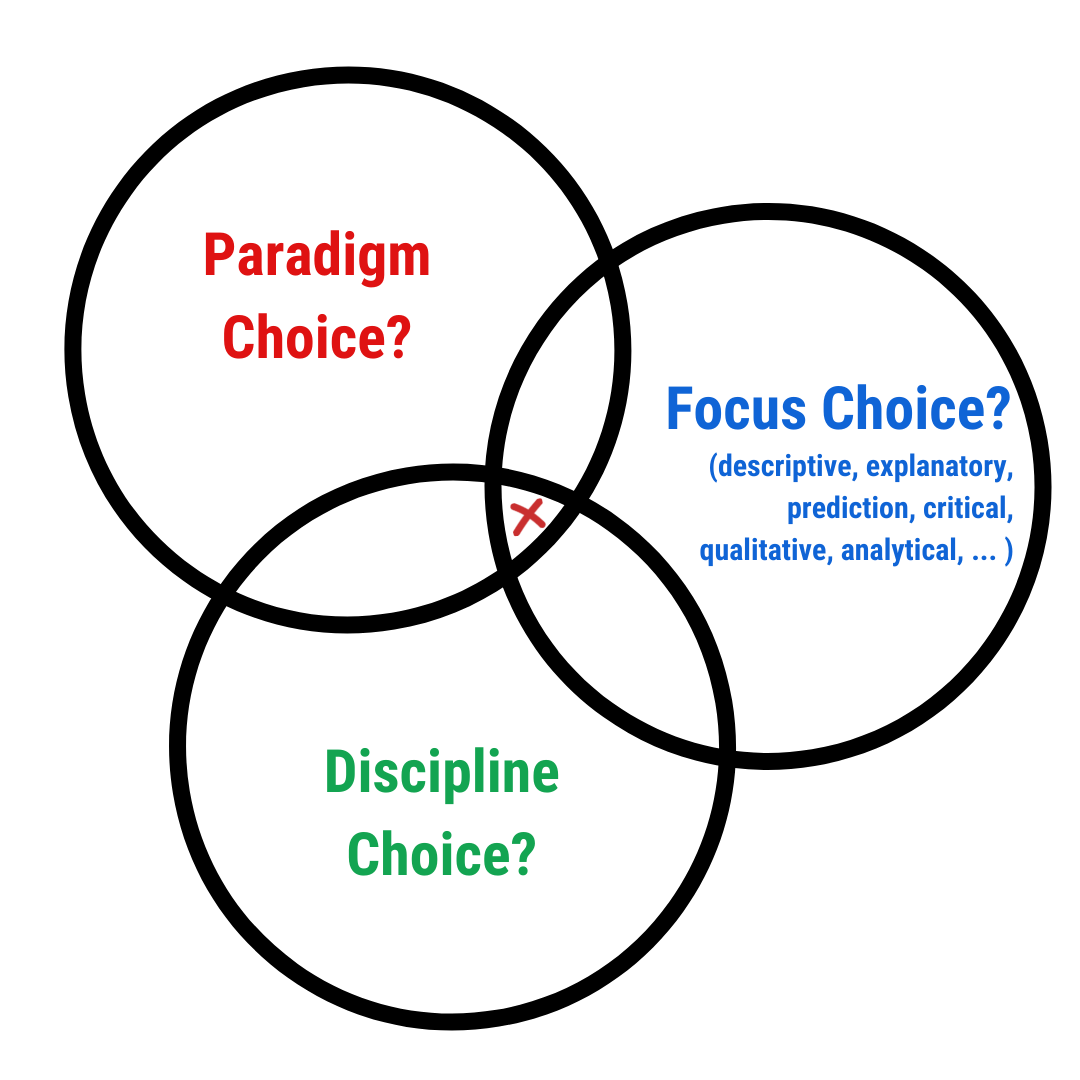
Idea
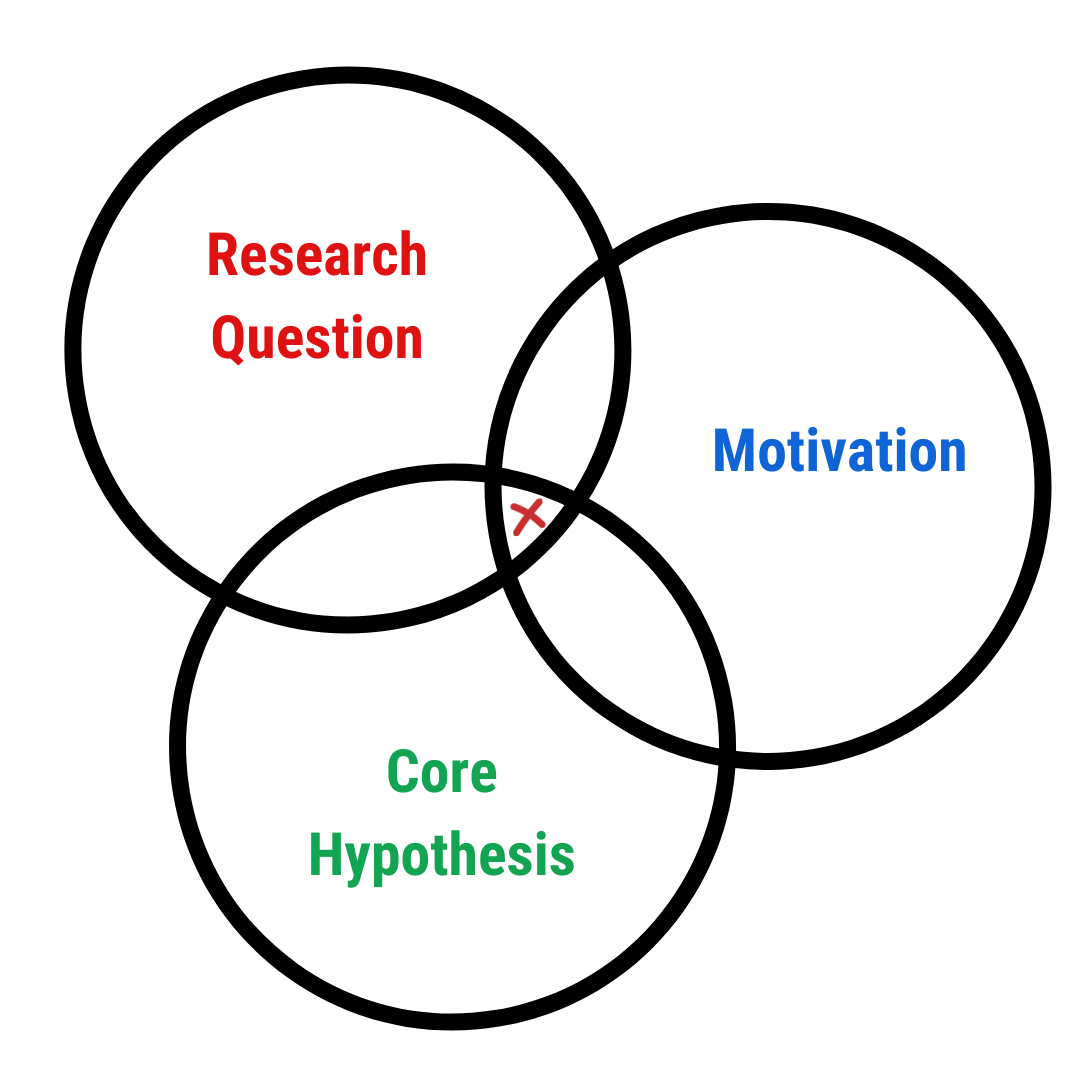
What’s New (H) vs. Contribution (J)
What’s New
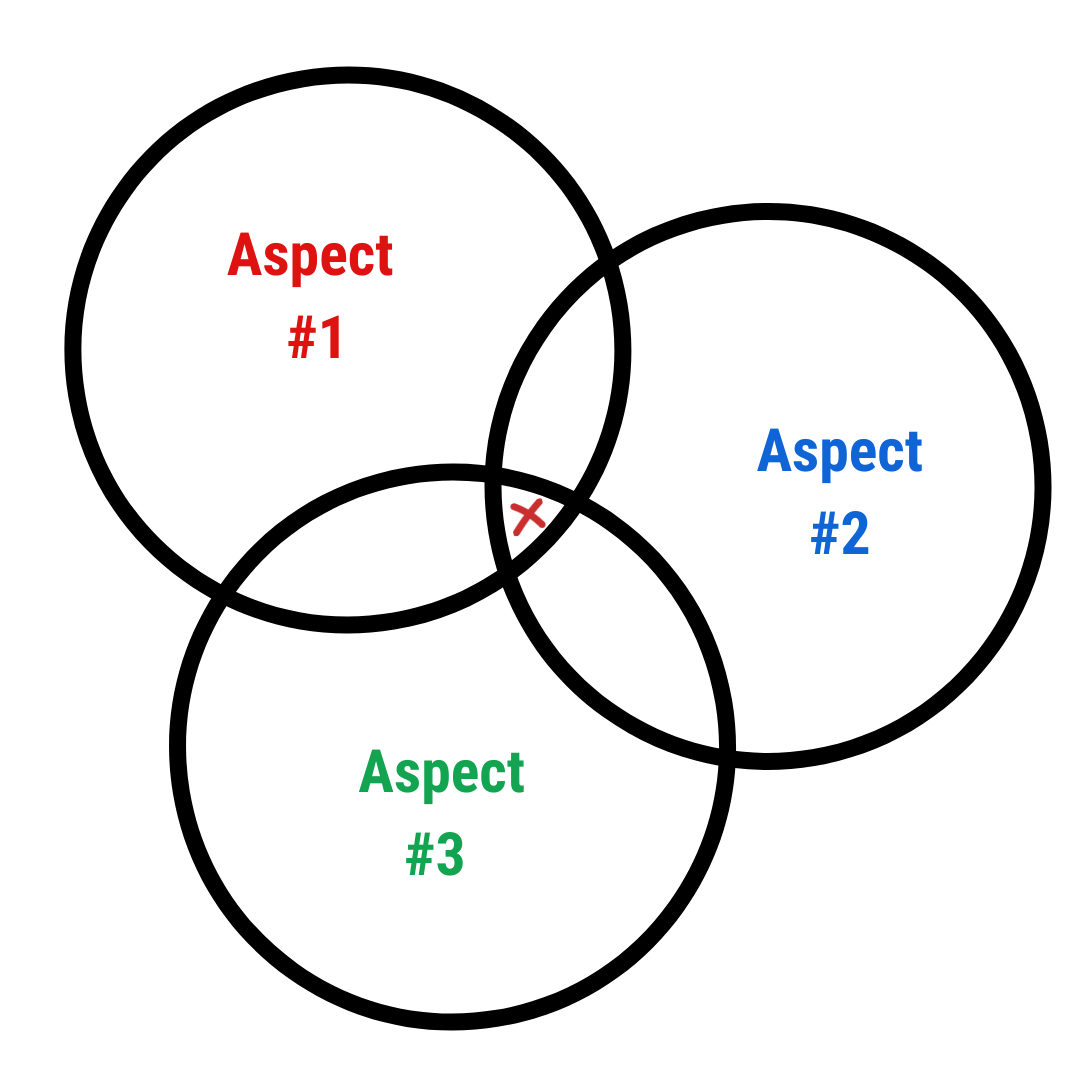
Contribution
